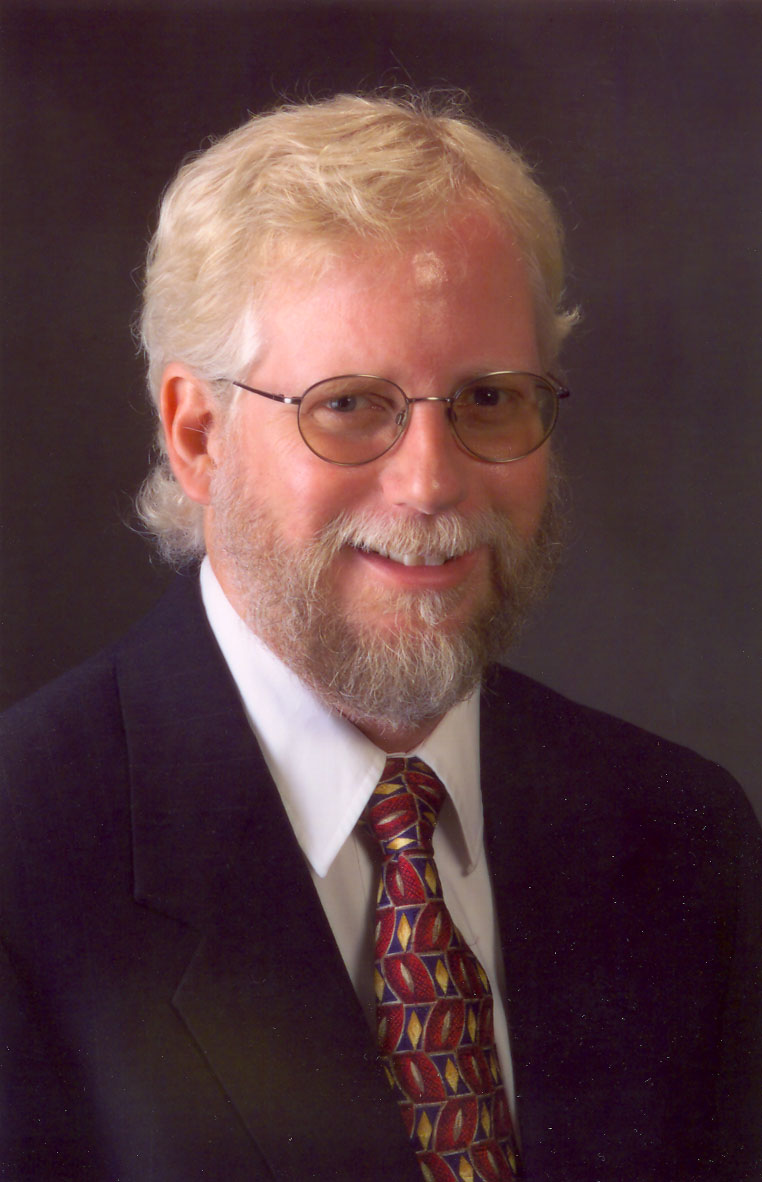Virginia Tech Transportation Institute director to be panelist at Distracted Driving Summit

Tom Dingus, director of the Virginia Tech Transportation Institute (VTTI) will be among the panelists invited to speak at the U.S. Department of Transportation Distracted Driving Summit, “Leaders to Explore Solutions to Distracted Driving,” to be held in Washington, D.C., from Sept. 30 to Oct. 1. He will be discussing “Research Results – How Risky is Distracted Driving?”
U.S. Secretary Ray LaHood announced plans to convene this summit one week after the institute issued an explanation of findings of several naturalistic driving studies in which distracted driving data in general — and specifically texting — was gathered. During the course of these studies, drivers were observed via multiple cameras installed in their vehicles while engaging in their normal everyday driving activities, thereby collecting “real” data. Using this naturalistic method of collecting data, researchers at the Virginia Tech Transportation Institute can quantify the types of distractions in the seconds preceding a crash or near crash.
The Distracted Driving Summit will gather some of the leading experts from around the country for interactive sessions on the extent and impact of the problem, current research, regulations, and best practices. Overarching topics include driver distractions – definitions and data; how risky is it; distractions caused by technology; how to legislate, regulate, and enforce distracted driving; and public awareness and education.
“The naturalistic method of collecting real-world driving data takes the guess work out of the types of activities drivers are engaging in while behind the wheel of their vehicle. Any type of distraction carries with it a risk, but we’ve found, by far, texting to be one of the most dangerous secondary tasks one can engage in while driving,” said Dingus. “I look forward to bringing the results of our research at VTTI to the Distracted Driving Summit with the ultimate goal of arriving at some solutions to save lives.”
The summit will be available live by webcast, and members of the public will be given the opportunity to submit questions online for each individual panel discussion.




